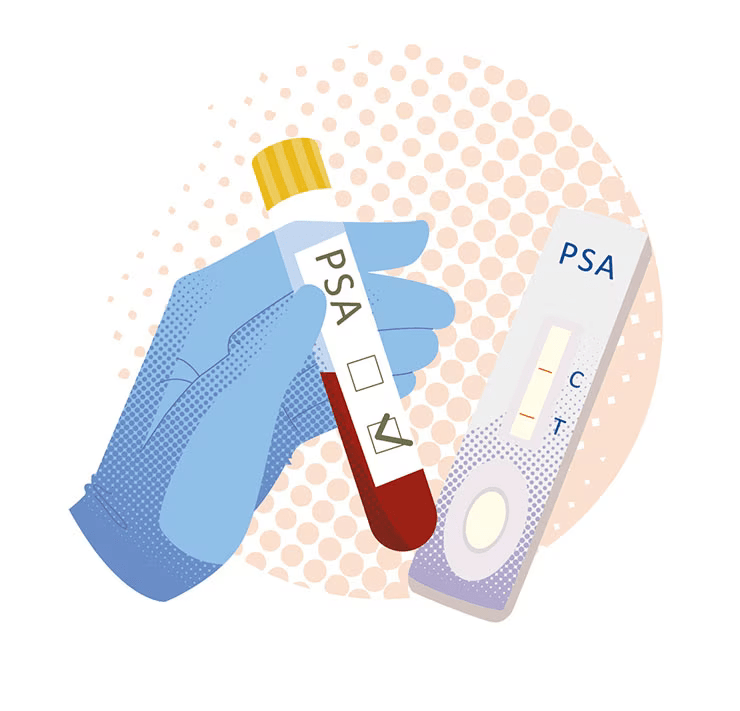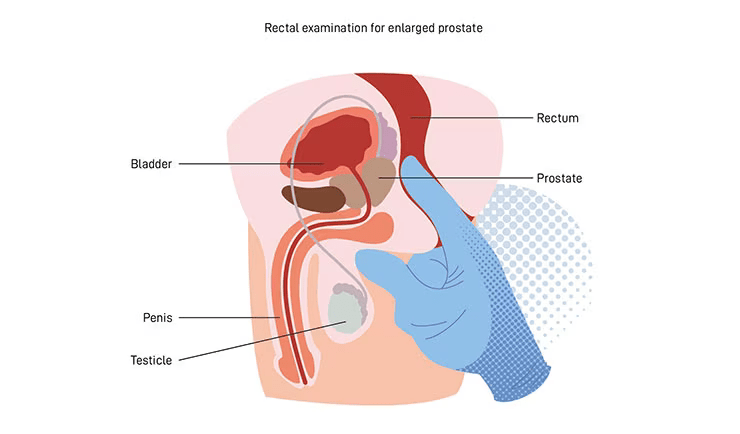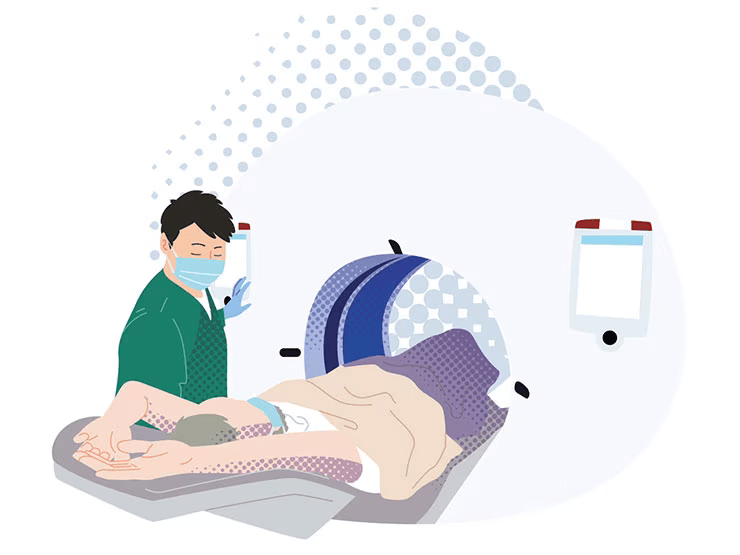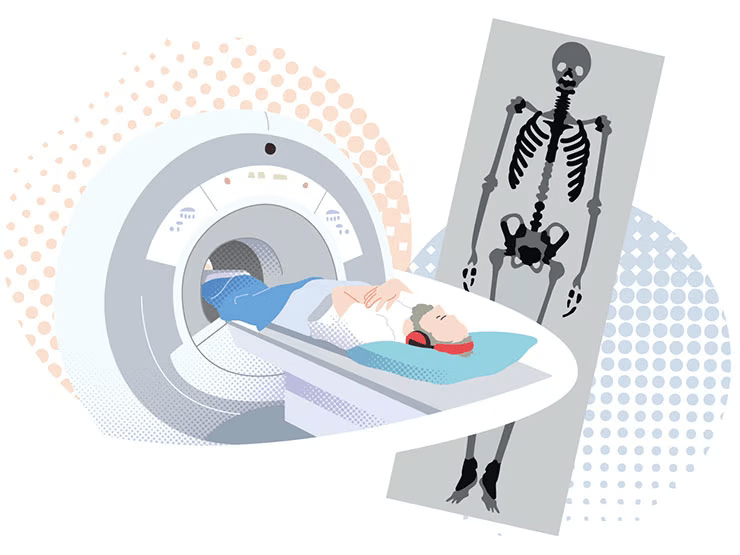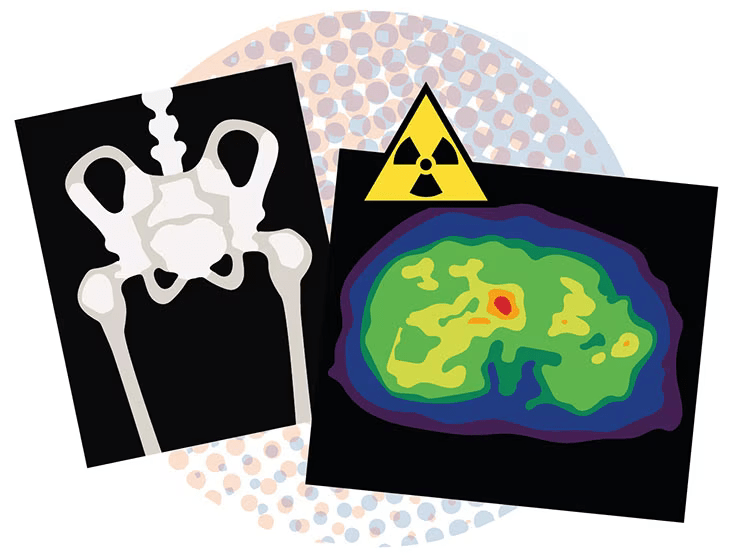PSA (Prostate Specific Antigen): This test is considered by many physicians as an important diagnostic tool to detect the presence of prostate cancer. When prostate cancer develops, the PSA level usually goes above 4 ng/ml (nano grammes per millilitre), depending on the patient’s age. But it is important to remember that about 15% of men with a PSA below 4 ng/ml (nano grammes per millilitre) will have prostate cancer on biopsy. If your level is in the borderline range between 4 and 10, you have about a 25% chance of having prostate cancer. If it is more than 10, your chance of having prostate cancer is over 50% and increases more as your PSA level increases.
You might also have an elevated PSA for other reasons like prostatitis or benign hyperplasia. If your PSA level is high, your doctor may recommend a prostate biopsy to find out if you have cancer.



